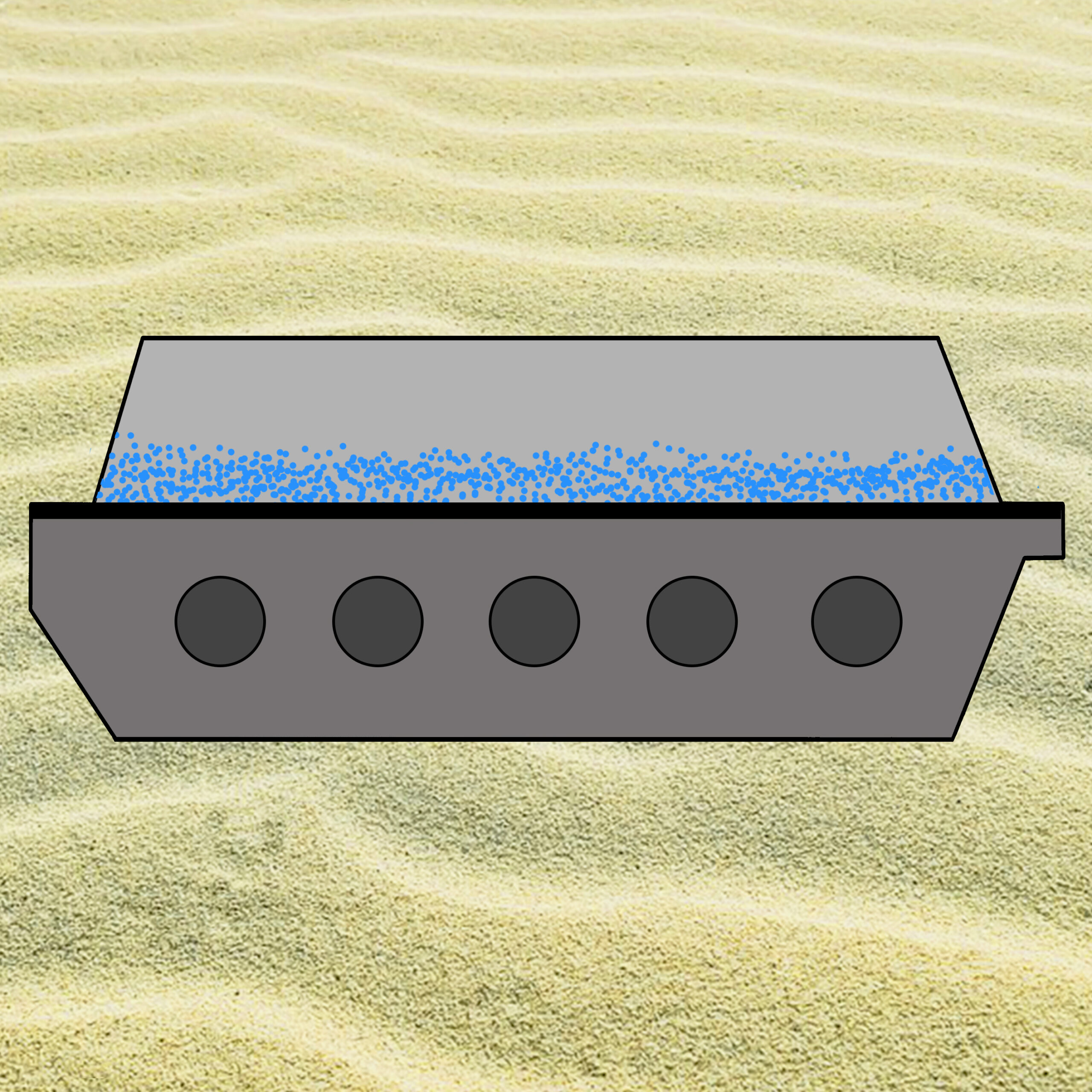
Posted on August 24th, 2018 by Carrier Vibrating
Quicksand may not be the prevalent concern that cartoons and movies made it out to seem, but it does help to illustrate how a Carrier Vibrating Equipment Fluid Bed works. They both use the concept of fluidization to reduce friction between solid particles until they behave like a fluid. In fact, with the wide range of materials dried and processed on a fluid bed, there’s a chance that quicksand is more common in your life than you realize.
Quicksand is caused when a bed of sand particles have a source of pressurized water rise from underneath until the water is saturated with sand and agitated, making it unable to support weight. In a fluid bed dryer, the water is replaced with air being blown in underneath a perforated deck, with the material on the top of the deck. As the air is blown in it creates pressure that pushes it through the perforations and up through the material. This air causes the material to fluidize and behave like a liquid, much like in a bed of quicksand.
To make a fluid bed more useful than a pit of quicksand, the air being blown in can be used to heat, dry, or cool materials, and the use of angled perforations or vibrations cause the material to move along the path of the fluid bed. Engineers can use these perforations and vibrations to hold and move materials for a required amount of time for processing, and the fluidization from the air causes each particle to be dried and processed uniformly.
Contact a Carrier Vibrating Engineer today If you’re interested in finding out how the concept of quicksand can help your processing line through the use of vibrating fluid beds or static fluid beds.







